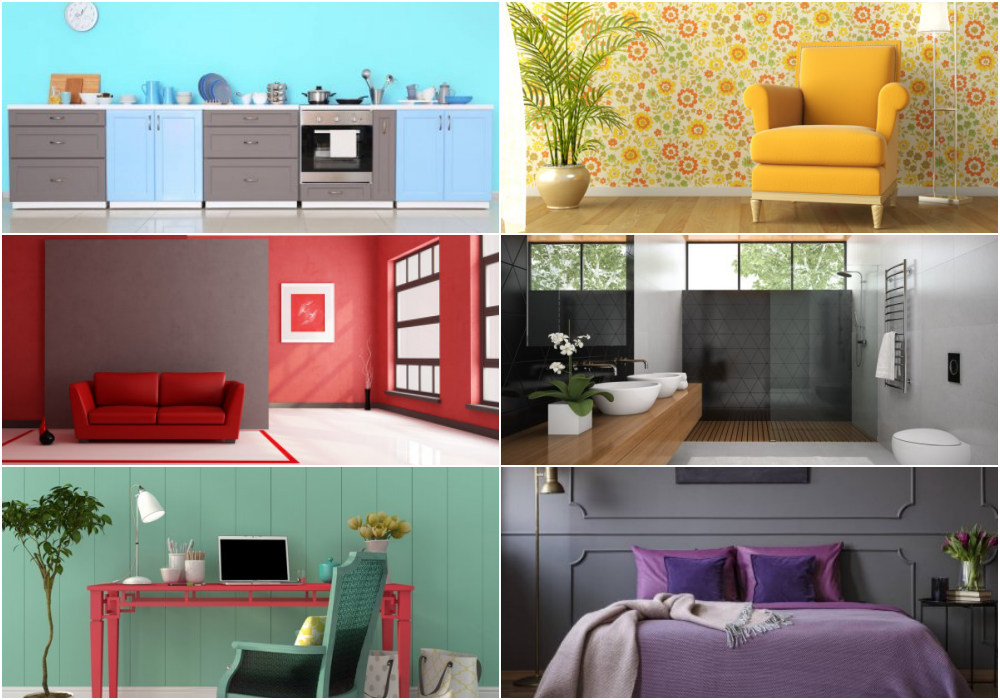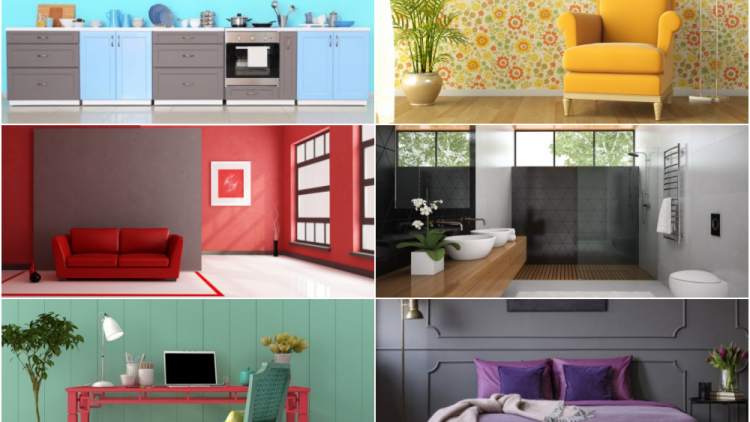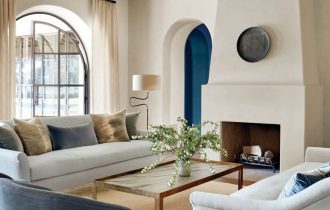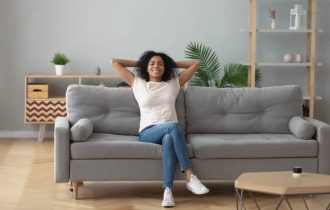Color Psychology: Choosing the Perfect Hues for Your Living Room

Introduction: Color plays a significant role in interior design, and understanding color psychology can help create a harmonious and inviting living room. The right color palette can evoke emotions, set the mood, and enhance the overall atmosphere of the space. In this article, we will explore the fascinating world of color psychology and guide you in choosing the perfect hues for your living room. By incorporating modern technology and real-life examples, we will help you create a living room that reflects your personality and promotes well-being.
I. The Power of Warm Tones: Creating a Welcoming Ambiance Warm colors, such as red, orange, and yellow, have the ability to energize and create a sense of warmth in a living room. These hues are known to stimulate conversation and encourage social interaction. Red, in particular, is associated with passion and vitality. As renowned fashion designer Bill Blass once said, “Red is the ultimate cure for sadness.” Incorporating warm tones as accent walls, upholstery, or accessories can infuse your living room with a cozy and inviting ambiance.
II. The Serenity of Cool Tones: Promoting Relaxation and Tranquility Cool colors, including blue, green, and purple, can promote a sense of tranquility and relaxation in your living room. These hues are often associated with nature and have a soothing effect on the mind and body. Blue, for example, is known to reduce stress and encourage calmness. As artist Claude Monet once expressed, “I have always been very sensitive to the harmony of colors.” Incorporating cool tones in your living room through wall paint, furniture, or decorative elements can create a serene and peaceful environment.
III. Neutral Elegance: Timeless and Versatile Neutral colors, such as white, beige, and gray, offer a timeless and versatile palette for your living room. Neutrals can create a sense of balance and allow other elements, such as furniture and artwork, to take center stage. White, symbolizing purity and simplicity, can make a space feel airy and spacious. Interior designer Nate Berkus once remarked, “I think that every room needs a touch of white, just as it needs one antique piece.” Incorporating neutral hues as a base in your living room can provide a blank canvas for personal expression and easy adaptability to changing trends.
IV. Accentuating with Bold Pops of Color: Making a Statement Adding bold pops of color to your living room can create visual interest and make a vibrant statement. By incorporating vivid hues, such as electric blue, vibrant yellow, or rich red, you can infuse energy and personality into the space. These vibrant colors can be introduced through accent furniture, artwork, or decorative accessories. As renowned architect and designer Frank Lloyd Wright famously stated, “The space within becomes the reality of the building.” Bold pops of color can elevate your living room design and become captivating focal points.
V. The Importance of Light and Shade: Enhancing Depth and Dimension Considering the interplay of light and shade is essential when selecting colors for your living room. Natural and artificial lighting can greatly affect how colors appear in a space. It is important to test colors under different lighting conditions to ensure they create the desired effect. Darker colors can add depth and intimacy, while lighter hues can open up a space and make it feel more spacious. Interior designer Kelly Wearstler once said, “Great rooms are like great art; they need contrast.” Balancing light and shade through color selection can enhance the depth and dimension of your living room.
Conclusion: Choosing the perfect hues for your living room is a creative and personal process. By understanding color psychology and considering the power of warm tones, the serenity of cool tones, the elegance of neutrals, the impact of bold pops of color, and the importance of light and shade, you can create a living room that reflects your style and promotes a harmonious atmosphere. As interior designer Albert Hadley wisely stated, “Decorating is not about making stage sets, it’s not about making pretty pictures for the magazines; it’s really about creating a quality of life.” Let color be your ally in creating a living room that enhances your quality of life and brings you joy.


